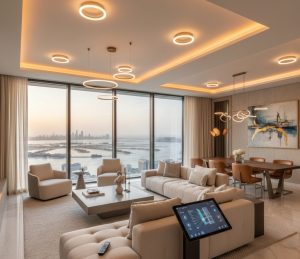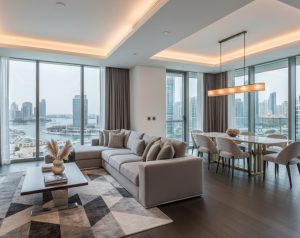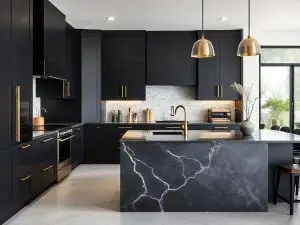UK Property Buyers Guide: The Design Elements That Actually Add Value to Your Investment
When you’re viewing properties across the UK, it’s easy to get swept up in the excitement of high ceilings and period features. But here’s what most people don’t realise: the design elements that genuinely add value to a property aren’t always the ones that catch your eye during the first viewing. After almost 2 decades working with property investors, homeowners, and developers, I’ve learned that understanding which interior design features translate to real monetary value is absolutely crucial for making smart property decisions. This UK property buying interior design guide will walk you through the design elements that savvy buyers should prioritise—and the ones that are all show and no substance.
I’ve seen countless buyers fall in love with a property’s aesthetic without considering whether those design choices will hold their value. The truth is, the UK property market has specific preferences that directly impact resale value, and knowing these can save you thousands—or help you make thousands when it’s time to sell.
Why Interior Design Matters More Than Ever in UK Property Buying
Let’s be honest: the UK property market has become increasingly competitive, and buyers are more discerning than ever before. In my experience working across London, Manchester, Edinburgh, and beyond, I’ve noticed that properties with thoughtful, value-adding design elements consistently outperform comparable properties that lack these features.
Here’s the thing—we’re not just talking about aesthetics. We’re talking about functional design decisions that improve how people live in a space. When I consult with property buyers, I always emphasise that you’re not just buying walls and floors; you’re buying a lifestyle framework that either supports or hinders daily living.
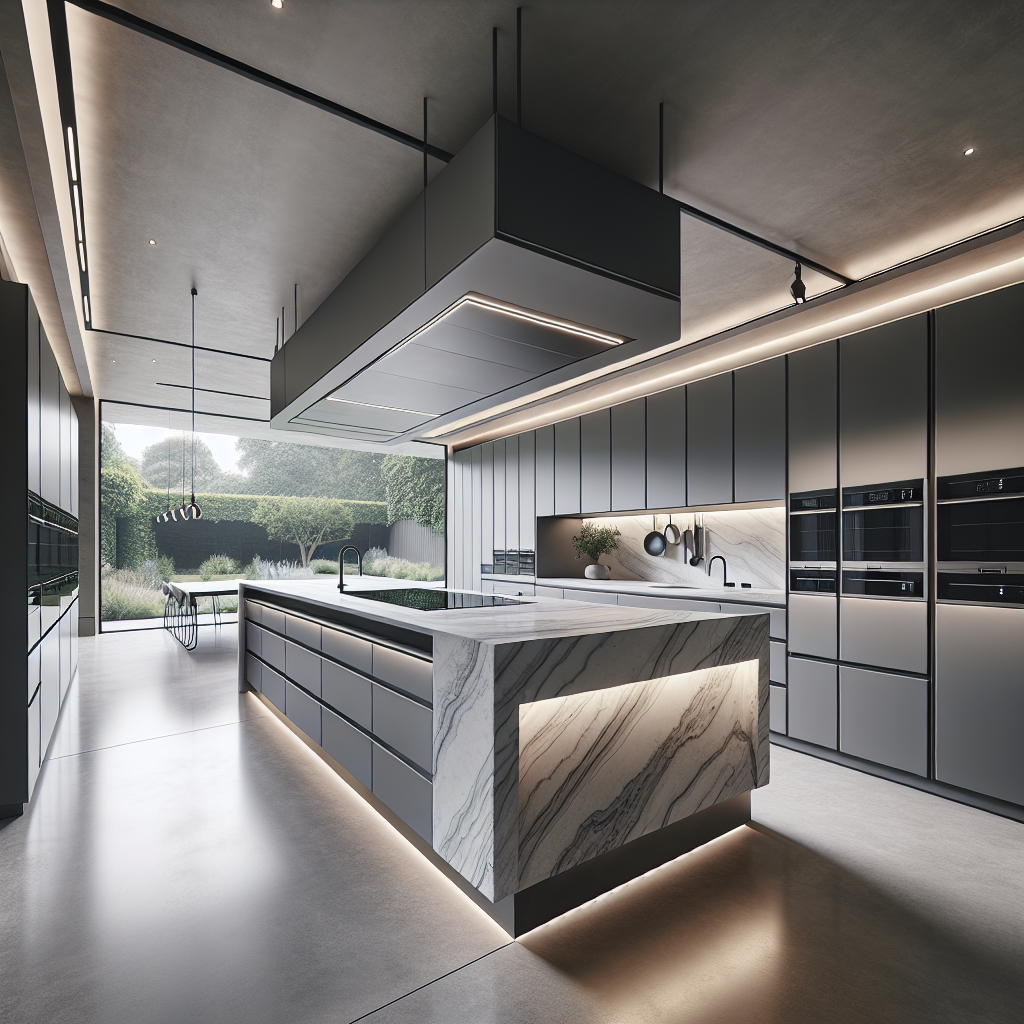
The pandemic fundamentally shifted how British homeowners view their properties. Working from home became the norm, and suddenly, that extra bedroom or flexible living space wasn’t just nice to have—it was essential. This shift has permanently altered which design elements command premium prices in the UK market.
The Kitchen: Your Property’s True Financial Heart
I can’t overstate this enough: well designed family kitchen is where you’ll see the most significant return on investment. In a recent project we completed in Kensington, we transformed a dated kitchen with a £45,000 investment, and the property’s valuation increased by £75,000. That’s not unusual.
British buyers have specific expectations when it comes to kitchens. We’ve moved far beyond the basic galley kitchen. Today’s buyers want open-plan kitchen layouts that connect to living spaces, creating that coveted “entertaining hub” that’s become central to modern UK living.
What Actually Adds Value in a Kitchen
Quality matters more than trends. I always tell clients to look for solid wood or high-quality composite cabinetry rather than the latest colour fad. Shaker-style cabinets continue to dominate the UK market because they’re timeless—they won’t feel dated in five years.
Stone worktops are non-negotiable in the mid to upper-tier market. Quartz has become the go-to choice because it combines the luxury appearance of natural stone with practical durability. In properties valued over £500,000, I rarely see laminate worktops anymore—buyers simply won’t pay premium prices for them.
Integrated appliances create that seamless, high-end look that British buyers associate with quality. But here’s what most people don’t realise: the brand matters. Bosch, Miele, and Siemens command respect in the UK market. A kitchen with these integrated appliances signals quality throughout the entire property.
Bathrooms: Where Luxury Meets Practicality
If kitchens are the heart, bathrooms are the soul of property value. I’ve worked on numerous bathroom renovations, and the difference between a well-executed bathroom and a mediocre one can easily mean £20,000-£ 30,000 in property value.
The UK market has become particularly sophisticated about bathrooms. Gone are the days when a simple white suite would suffice. Today’s buyers expect spa-like experiences, and they’re willing to pay for them.
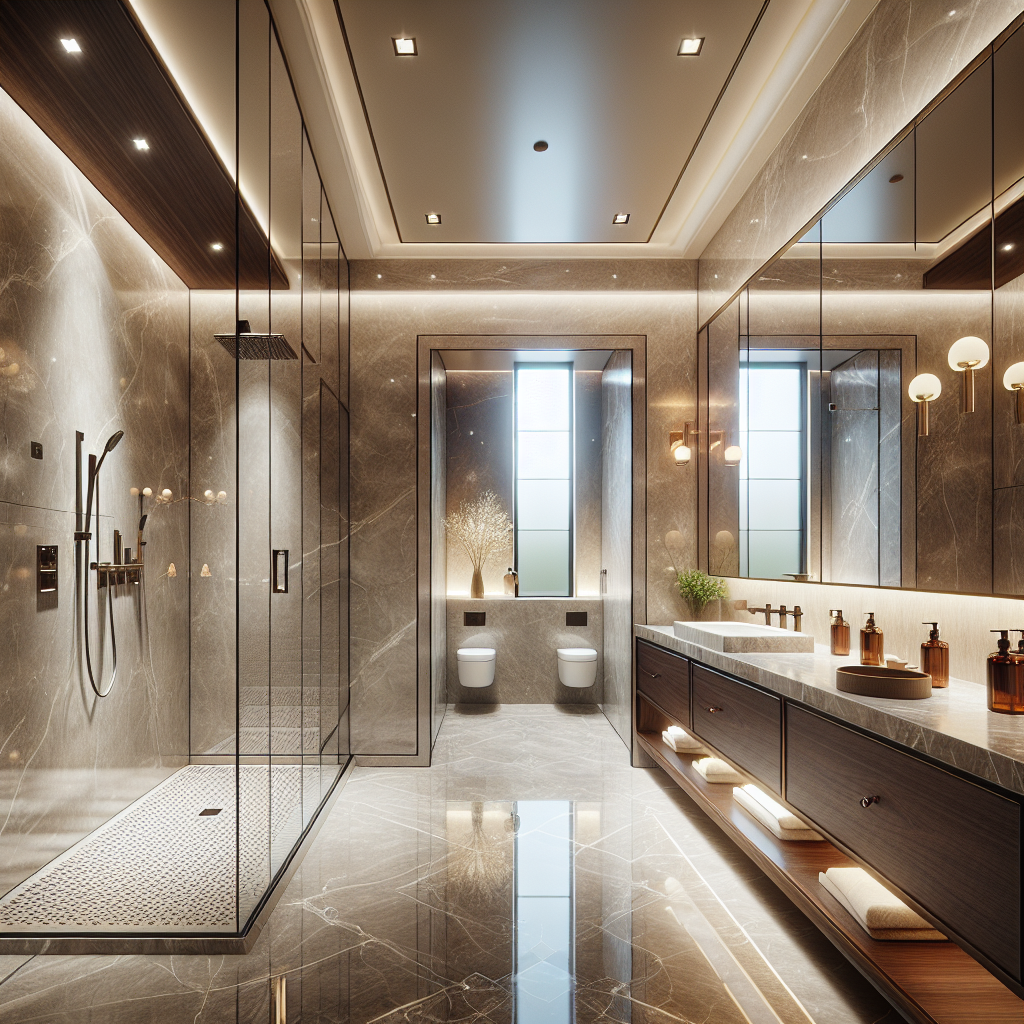
Essential Bathroom Features That Command Premium Prices
Walk-in showers with frameless glass enclosures have become the gold standard. I recently completed a project in Bristol where we removed a dated corner bath and installed a large walk-in shower. The feedback from valuers was unanimous—it significantly enhanced the property’s appeal to the target demographic.
Underfloor heating in bathrooms isn’t just a luxury anymore; it’s expected in properties above £400,000. The installation cost is relatively modest during renovation, but its impact on perceived value is substantial. There’s something about stepping onto warm tiles on a cold British morning that creates an emotional connection buyers remember.
Double vanities in master en-suites have become increasingly important, particularly in family homes. We’ve found that properties with this feature sell faster and for higher prices than comparable properties with single sinks. It’s a practical consideration that resonates with couples.
The Power of Natural Light and Space Perception
Here’s something I’ve learned from decades of design work: natural light is the most valuable design element you can’t easily add. When viewing properties, I always advise buyers to assess the light quality at different times of day.
South-facing reception rooms command premium prices across the UK. In a London townhouse project we completed last year, the south-facing living room became the property’s key selling feature, despite being smaller than the north-facing dining room.
Maximising Light in Existing Properties
If you’re considering a property with limited natural light, look for opportunities to add it. Roof lights, particularly in side returns or loft conversions, can transform dark spaces. I’ve seen property values increase by £50,000-80,000 after adding well-designed roof lights to previously dark areas.
Large-format windows and doors create that indoor-outdoor connection that British buyers increasingly desire. Bi-fold or sliding doors opening onto gardens have become almost essential in family homes. The installation cost is significant—typically £3,000-8,000—but the value addition often doubles that investment.
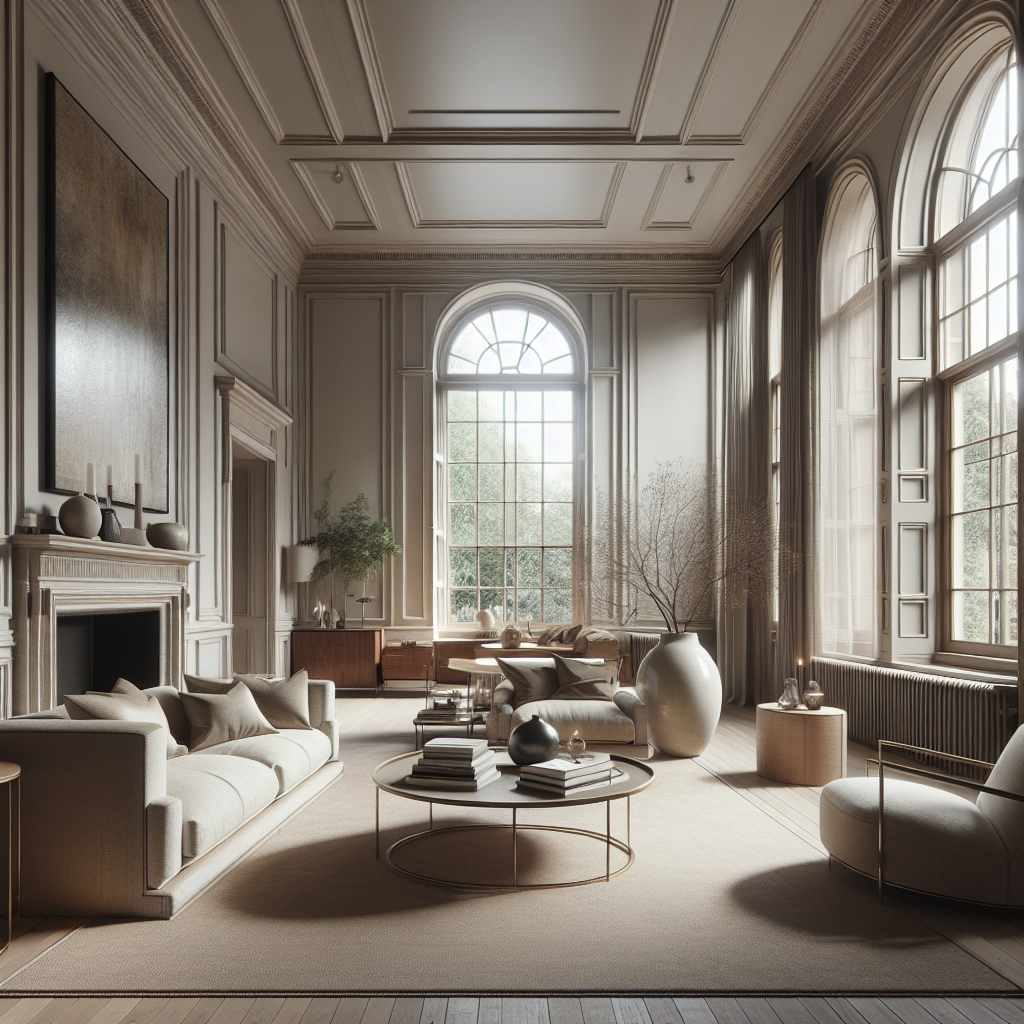
Internal glazing between rooms can borrow light from brighter spaces. We often use Crittall-style glazing in side returns to allow kitchen light to flow into adjacent hallways. This costs considerably less than adding external windows but creates dramatic spatial improvements.
Flooring: The Foundation of Property Value
Most buyers don’t consciously think about flooring, but they absolutely notice it. I’ve walked through properties where beautiful rooms were undermined by poor flooring choices, and I’ve seen average rooms elevated by exceptional floors.
In the UK market, engineered wood flooring has become the standard in reception rooms and bedrooms for properties valued over £350,000. The keyword here is “engineered”—solid wood has fallen out of favour due to underfloor heating compatibility issues and the UK’s variable humidity levels.
Flooring Choices That Add Value
Wide plank flooring (180mm+) creates a sense of luxury and space that narrow boards simply can’t match. We typically specify European oak in a natural or light finish because it appeals to the broadest buyer demographic. Darker stains have gone out of fashion—they make spaces feel smaller and show every speck of dust.
For kitchens and bathrooms, large format tiles (600mm x 600mm minimum, but increasingly 1200mm x 600mm) create a contemporary, high-end aesthetic. Small tiles instantly date a property and signal that renovations are needed.
Here’s an insider tip: the quality of installation matters more than the material itself. I’ve seen expensive marble ruined by poor laying, and I’ve seen reasonably priced porcelain look spectacular when properly installed. When viewing properties, check for lippage (uneven tile edges) and grout line consistency—these reveal installation quality.
Storage Solutions: The Unsung Value-Adder
British properties are notoriously short on storage, which makes well-designed storage solutions incredibly valuable. I always tell buyers to count the storage when viewing properties because it directly impacts livability and value.
Built-in wardrobes in bedrooms are expected in the modern UK market. Freestanding furniture is seen as a temporary solution, whereas fitted wardrobes signal a finished, move-in-ready property. The difference in perceived value is substantial.
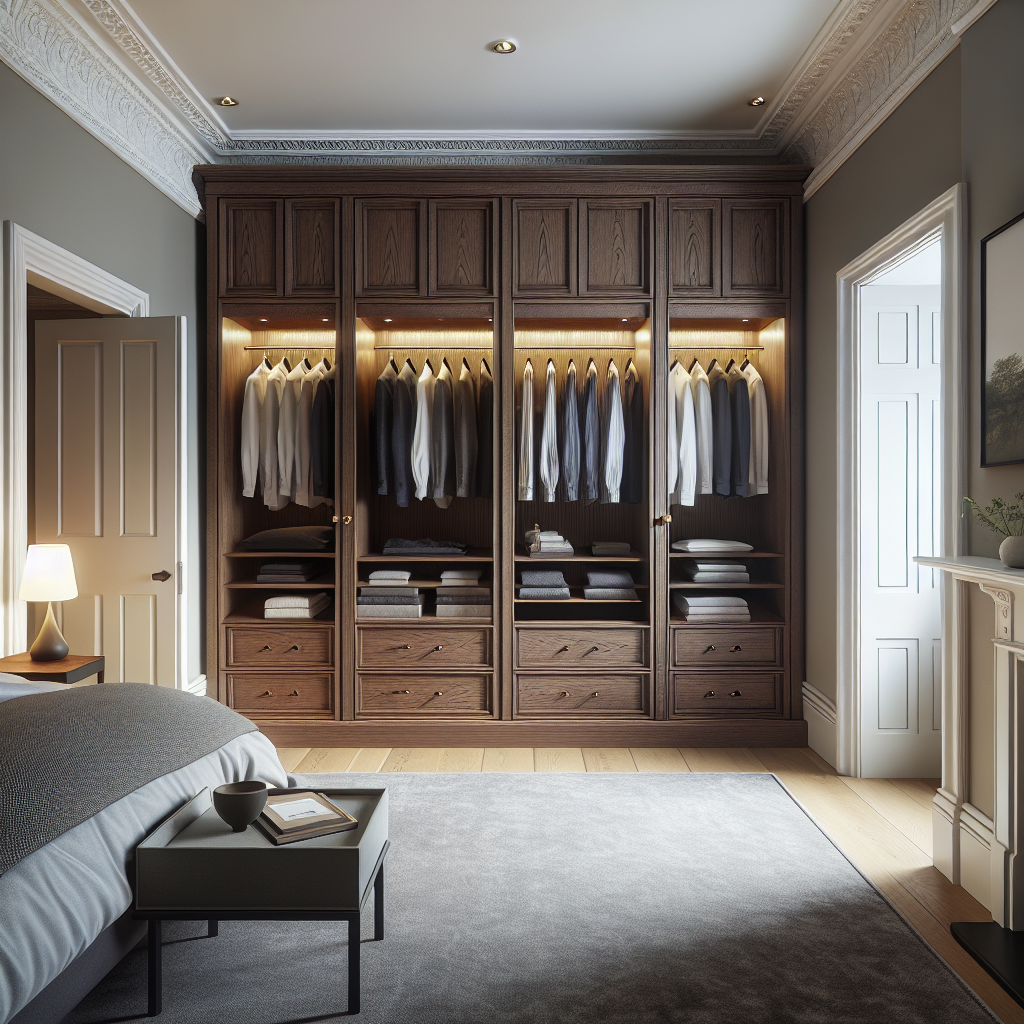
Storage Features That Buyers Will Pay For
Walk-in wardrobes or dressing rooms have become highly desirable in master bedrooms. In a recent Manchester project, we converted a small fourth bedroom into a dressing room for the master suite. Initially, the clients worried about losing a bedroom, but the property was valued £15,000 higher than comparable four-bedroom properties because the master suite became so compelling.
Utility rooms are worth their weight in gold in the UK market. Having a dedicated space for washing machines, dryers, and storage keeps these functional elements out of kitchens and bathrooms. Properties with utility rooms consistently command premium prices.
Under-stair storage might seem basic, but well-designed solutions add genuine value. We recently created a beautiful under-stair pantry in a Victorian terrace, and it became one of the property’s most photographed features during marketing.
Smart Home Integration: The Modern Value-Adder
The UK property market has rapidly embraced smart home technology, but here’s what most people don’t realise: it’s not about having the latest gadgets—it’s about thoughtful integration that enhances daily living.
Smart heating controls like Nest or Hive have become almost standard in properties above £400,000. The energy savings are modest, but the convenience and control resonate strongly with buyers. More importantly, they signal that a property is modern and well-maintained.
Smart Features Worth Investing In
Integrated sound systems, when done properly, add significant appeal. We typically install ceiling speakers in kitchens and living areas, controlled via smartphone apps. The cost is reasonable (£2,000-4,000 for a whole-house system), but the perceived luxury value is much higher.
Smart lighting with scene controls creates ambience that buyers remember during viewings. I’ve seen properties sell above asking price, partly because the lighting created such an emotional impact during evening viewings. The key is subtlety—obvious smart home features can feel gimmicky, but seamless integration feels luxurious.
Security systems with smartphone integration provide peace of mind that British buyers increasingly prioritise. Video doorbells, integrated CCTV, and smart locks are becoming standard expectations in urban properties above £500,000.
Period Features vs. Modern Convenience: Finding the Balance
Here’s where I see buyers make mistakes: they either prioritise period features at the expense of modern living, or they modernise so aggressively that they strip away the character that made the property valuable in the first place.
The UK market, particularly in cities with Victorian and Georgian housing stock, places enormous value on original features. But those features need to coexist with modern expectations for comfort and convenience.
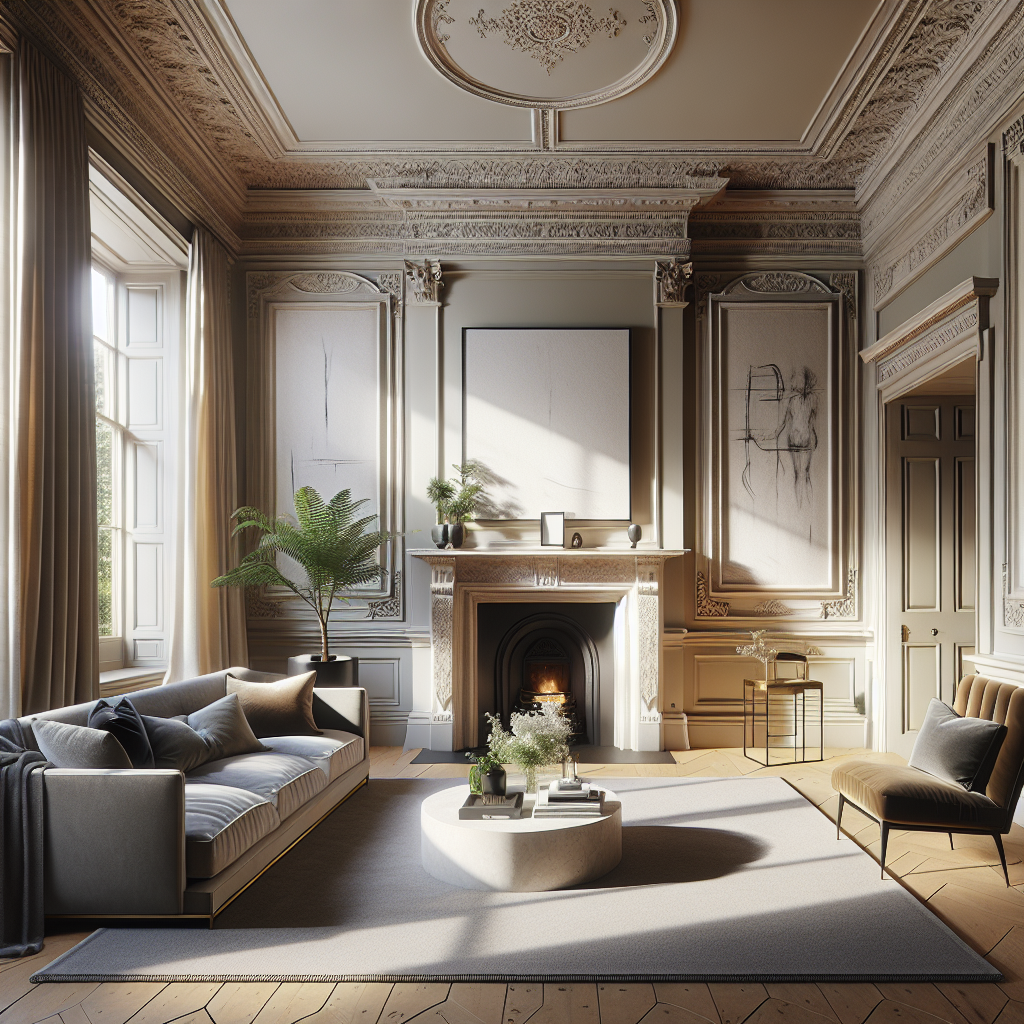
Period Features That Add Genuine Value
Original fireplaces, particularly in reception rooms, are worth preserving and restoring. Even if they’re not functional, they provide focal points and character that buyers pay premiums for. I’ve seen properties gain £10,000-15,000 in value from professionally restored fireplaces.
Cornicing and ceiling roses, when original, should be preserved. Modern replicas never quite achieve the same depth and quality. If you’re viewing a property where these have been removed, factor in £3,000-8,000 for quality restoration.
Sash windows present a challenge—they’re beautiful and valuable, but often thermally inefficient. Modern double-glazed sash windows that maintain the original aesthetic are expensive (£1,500-2,500 per window) but essential for preserving character while meeting modern energy standards.
The Open-Plan Question: When It Adds Value and When It Doesn’t
Open-plan living has dominated UK property trends for the past two decades, but here’s the thing: it’s not always the right choice, and the market is becoming more nuanced about this.
In family homes, open-plan kitchen-dining-living spaces continue to command premium prices. We recently worked on a property in Edinburgh where opening up the ground floor added £40,000 to the valuation. But the execution matters enormously.
Making Open-Plan Work
Defined zones within open-plan spaces prevent the “bowling alley” effect that can make large rooms feel uncomfortable. We use lighting, flooring transitions, and furniture layouts to create distinct areas for cooking, dining, and relaxing. Properties with well-zoned open-plan spaces sell for more than those with undefined open areas.
Sight lines matter more than most people realise. When standing in the kitchen, what do you see? If it’s the TV and sofa, that’s problematic for many buyers. We design layouts where cooking areas don’t directly face living zones, creating psychological separation even in open spaces.
Acoustic considerations are crucial. Hard surfaces in large open spaces create echo and noise that become tiresome in daily living. We incorporate soft furnishings, acoustic panels disguised as design features, and strategic material choices to manage sound. Buyers notice this, even if they can’t articulate why one open-plan space feels more comfortable than another.
Outdoor Space: The UK’s Most Undervalued Asset
The pandemic permanently elevated the value of outdoor space in the UK property market. Gardens, terraces, and balconies that were once nice-to-have features have become essential for many buyers.
Even small outdoor spaces add disproportionate value when well-designed. A recent project we completed in London involved transforming a 4-metre by 6-metre courtyard garden. The £8,000 investment in design and landscaping added approximately £25,000 to the property’s value.
Outdoor Features That Maximise Value
Built-in seating and storage in gardens create usable space that British buyers appreciate. Our climate means outdoor furniture often needs storing, so integrated solutions that provide seating while hiding cushions and accessories are highly valued.
Outdoor lighting transforms gardens from daytime-only spaces into evening extensions of the home. Well-designed garden lighting costs £2,000-5,000 but makes properties feel larger and more luxurious. During winter viewings, when darkness falls early, lit gardens create magic that buyers remember.
Low-maintenance landscaping appeals to the broadest buyer demographic. Artificial grass has become acceptable in small urban gardens, particularly when combined with quality planting. The key is making it look intentional and designed, not like a cost-cutting measure.
Energy Efficiency: The Rising Value Factor
Here’s what’s changed dramatically in recent years: energy efficiency has moved from a nice-to-have to a genuine value driver in the UK property market. With energy costs soaring and environmental awareness increasing, buyers are scrutinising EPC ratings like never before.
Properties with EPC ratings of C or above sell faster and for higher prices than comparable properties with lower ratings. We’ve seen this trend accelerate dramatically over the past two years.
Energy Features That Add Value
Double or triple glazing throughout is now expected in most UK properties. If you’re viewing a property with single glazing, factor in £800-1,500 per window for replacement. That’s a significant cost that affects your buying decision.
Insulation quality matters more than ever. Loft insulation is relatively cheap to upgrade (£300-1,000 for most properties), but wall insulation is expensive and disruptive. Properties with solid walls that haven’t been insulated present a significant future cost that should affect your offer price.
Modern boilers and heating systems are scrutinised by buyers and valuers. A boiler approaching 10-15 years old represents a near-term replacement cost of £2,000-4,000. We always advise clients to factor this into negotiations when buying.
Case Study: Transforming Value Through Design
Let me share a recent project that perfectly illustrates how design elements add value. We worked with a client who purchased a 1980s semi-detached property in Surrey for £425,000. The property was structurally sound but aesthetically dated and functionally poor.
We focused on specific high-value interventions: opening the kitchen to the dining room, adding bi-fold doors to the garden, installing a luxury bathroom with a walk-in shower, upgrading to engineered oak flooring throughout, and adding roof lights to the side return. The total investment was £68,000.
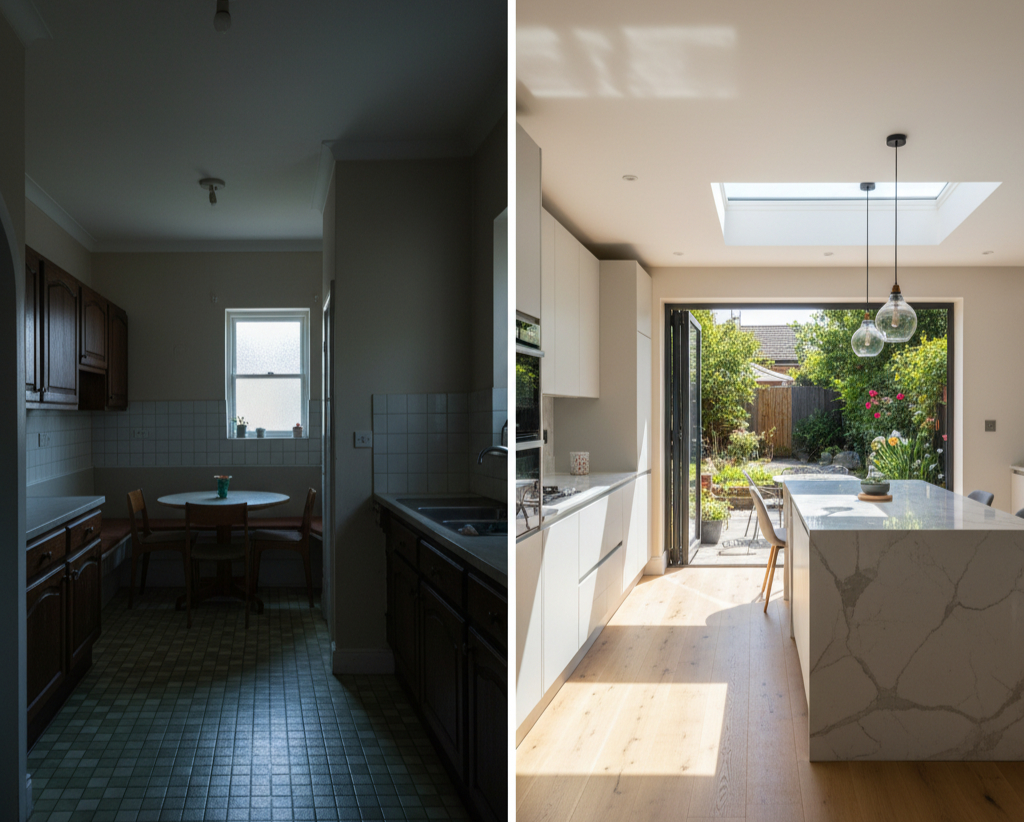
Eighteen months later, the property was valued at £540,000—a £115,000 increase. Some of that reflected market movement, but comparable properties in the area increased by only £25,000-30,000 during the same period. The design improvements added genuine, measurable value.
What Not to Prioritise: Design Elements That Don’t Add Value
After decades in this industry, I’ve learned that knowing what not to invest in is as important as knowing what adds value. Here’s where I see buyers waste money or pay premiums for features that won’t serve them well.
Overly personalised design choices rarely add value. That hand-painted mural might be beautiful, but it appeals to a narrow buyer segment. When viewing properties, look past personal touches and assess the underlying quality and functionality.
Trendy colour schemes and materials date quickly. I’ve seen properties with on-trend design from five years ago that now feel dated and require updating. Neutral, timeless palettes might seem boring, but they preserve value and appeal to the broadest buyer base.
Swimming pools and hot tubs in UK properties are often value-detractors, not additions. The maintenance costs and space they consume outweigh their limited usability in our climate. I always advise clients to think carefully before paying premiums for these features.
The Role of Professional Design in Property Buying
Here’s something I’ve observed throughout my career: buyers who engage design professionals during the property search and purchase process make better decisions and achieve better outcomes. At Inventive Interiors Studio, we often work with clients before they’ve even made an offer, helping them assess properties’ design potential and value-adding opportunities.
A professional designer can walk through a property and immediately identify which walls can be removed, where light can be added, and how spaces can be reconfigured. This knowledge is invaluable during the buying process because it helps you see potential that other buyers miss.
We’ve helped clients make competitive offers on properties that other buyers overlooked because they couldn’t see past the existing layout. Those clients secured properties below market value and then transformed them into high-value homes through strategic design interventions.
Regional Variations in UK Property Design Values
The UK property market isn’t monolithic—what adds value in London might be different from what matters in Manchester, Edinburgh, or rural Cornwall. Understanding these regional variations is crucial for making smart property decisions.
In London and the Southeast, space efficiency and clever storage solutions command the highest premiums because space is at such a premium. Buyers in these markets will pay significantly for well-designed compact spaces.
In Northern cities like Manchester and Leeds, generous proportions and period features are highly valued. The market here appreciates character and space, with less emphasis on ultra-modern minimalism.
Scottish properties, particularly in Edinburgh and Glasgow, place enormous value on original features and traditional craftsmanship. The market here is more conservative, with contemporary interventions needing to be sympathetic to existing architecture.
Future-Proofing Your Property Purchase
When advising buyers, I always encourage them to think beyond current trends and consider how properties will need to adapt to future living patterns. The pandemic taught us that our needs can change rapidly, and flexible spaces that can evolve are increasingly valuable.
Multi-functional rooms that can serve as bedrooms, offices, or gyms add value because they provide options. We design spaces with this flexibility in mind, ensuring that a property can adapt to changing family needs without requiring structural modifications.
Accessibility considerations are becoming more important as the UK population ages. Properties with level access, ground-floor bathrooms, and wide doorways appeal to a broader demographic and will likely command premiums as demand for accessible housing increases.
Making Your Property Buying Decision
Armed with this understanding of which design elements add genuine value, you’re better positioned to make smart property buying decisions. Look beyond the staging and styling during viewings and assess the fundamental design qualities that will serve you during ownership and protect your investment when it’s time to sell.
Remember that the best property purchases balance emotional appeal with rational assessment. You need to love where you live, but you also need to make financially sound decisions. The design elements we’ve discussed throughout this guide provide that balance—they enhance daily living while protecting and growing your investment.
Your Next Steps
Whether you’re actively searching for property or planning for a future purchase, understanding these design principles will serve you well. The UK property market rewards buyers who can recognise quality design and value-adding features.
If you’re considering a property and want professional insight into its design potential, or if you’re planning renovations to add value to your current home, the team at Inventive Interiors Studio is here to help. We bring decades of experience in UK property design, helping clients make informed decisions that enhance both their living experience and their investment value.
The most successful property buyers I’ve worked with share one characteristic: they understand that property isn’t just about location—it’s about the quality of the spaces within that location. Design elements that add genuine value create homes that people love living in and that the market rewards when it’s time to sell. That’s the sweet spot every property buyer should aim for.
Share this:
- Click to share on Facebook (Opens in new window) Facebook
- Click to share on Pinterest (Opens in new window) Pinterest
- Click to share on X (Opens in new window) X
- Click to share on LinkedIn (Opens in new window) LinkedIn
- Click to share on Reddit (Opens in new window) Reddit
- Click to email a link to a friend (Opens in new window) Email
- Click to print (Opens in new window) Print

